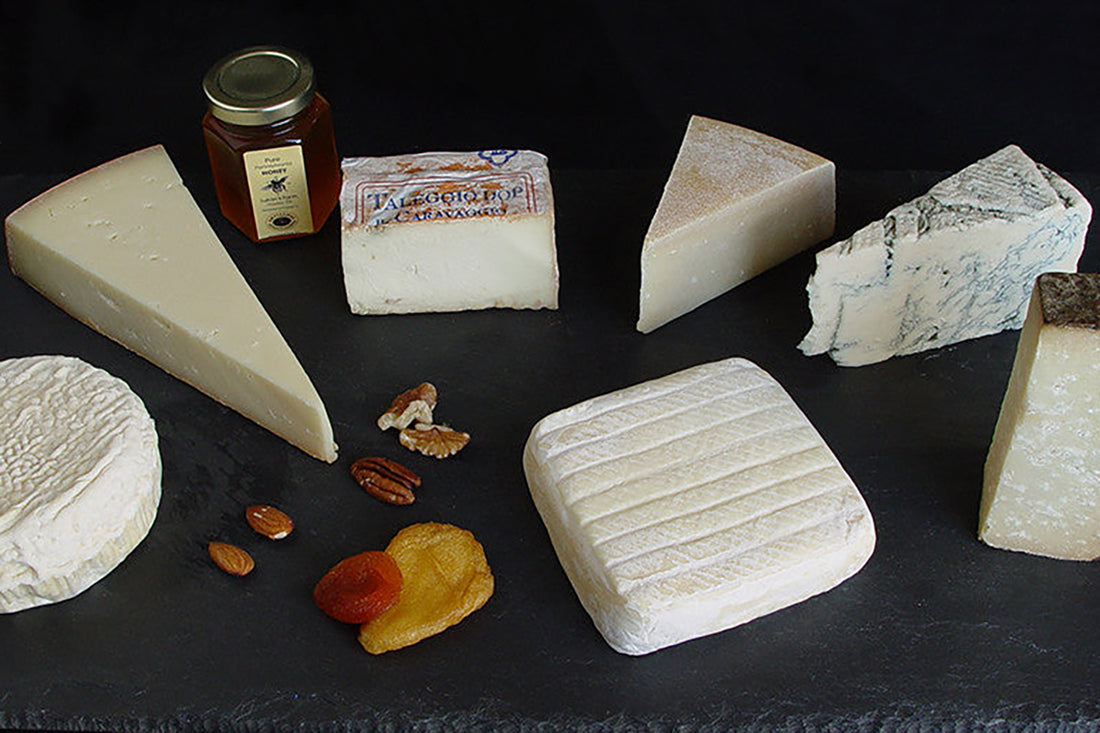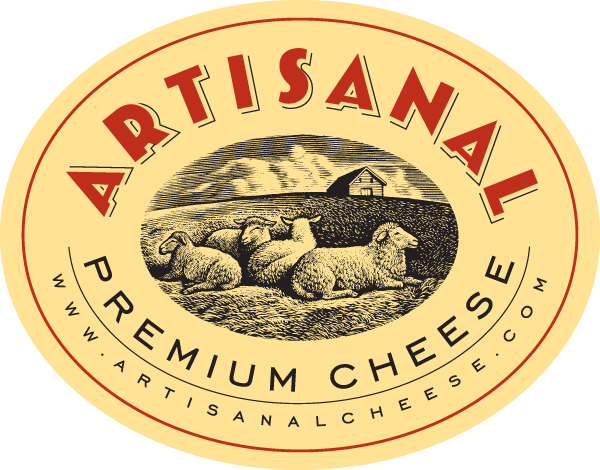
History of Italian Artisanal Cheese
The history of Italian artisanal cheese dates back thousands of years, with its origins rooted in the agricultural traditions of small, rural families. Long before Italy became known for its culinary excellence, shepherds in the Roman and Etruscan eras began crafting cheese from the milk of sheep, goats, and cows. These families passed down their cheesemaking techniques through generations, honing their craft in mountainous regions and fertile valleys. Italy’s diverse geography provided the ideal conditions for producing a wide variety of cheeses, each shaped by local culture, climate, and traditions.
Throughout the Middle Ages and Renaissance, Italian cheesemaking became more refined and regional specialties emerged. In northern Italy, Gorgonzola and Parmigiano-Reggiano grew in prominence, while southern Italy developed iconic cheeses like Mozzarella di Bufala and Pecorino Romano. These cheeses became integral to local economies and food culture, often taking center stage in the daily lives of families and community feasts. The deeply ingrained pride in these artisanal products contributed to the formation of protected designations, ensuring the preservation of authentic methods and safeguarding regional identities.
Today, Italian artisanal cheese remains a symbol of craftsmanship, heritage, and regional pride. In 2024, Italy boasts over 50 cheeses with Protected Designation of Origin (PDO) status, cementing their place on the global stage. While modern technology has entered the cheesemaking process, small family-owned dairies still thrive, preserving ancient techniques while adapting to contemporary tastes. Italian artisanal cheeses are now celebrated in global markets, continuing to represent the rich history of the families and regions from which they originated.
Take a look at our Italian Collections:
